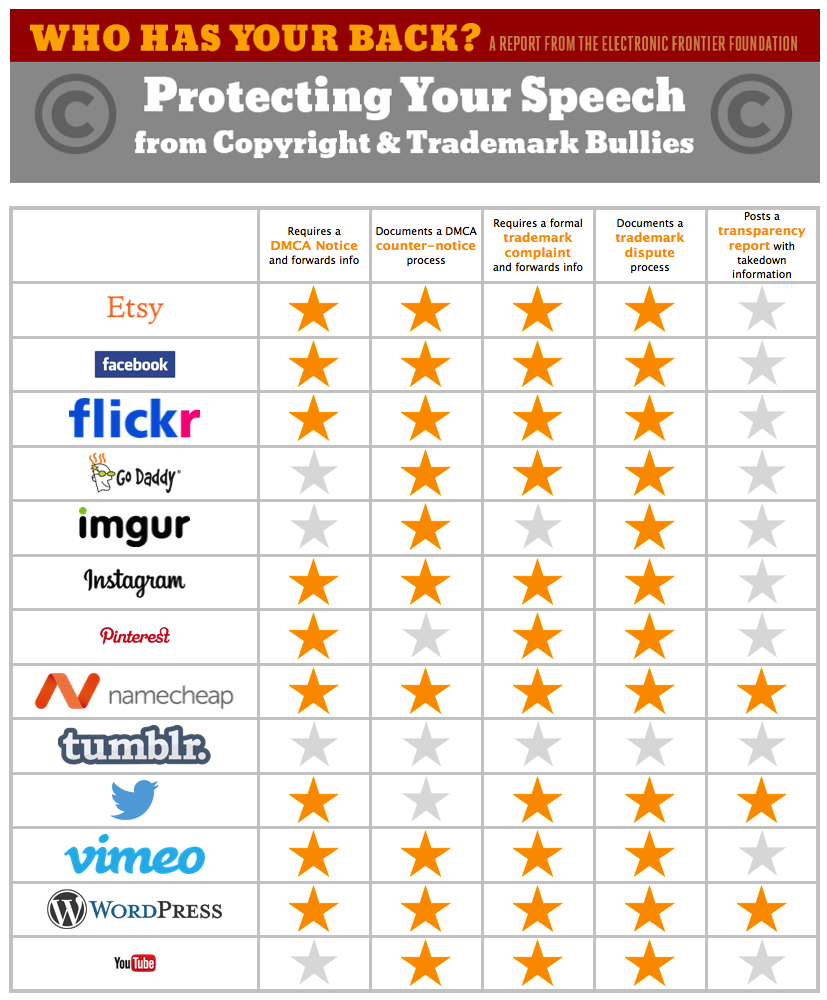On state of the art innovation – at the lowly (!?) end of programming.
I mean, it’s not rocket science; it’s quite a bit harder to pull off. To produce something decent though that seems to have gone lost in these überagilescrum times of putting apps out before anyone has a clue what they’re intended for. What problem they’d have to solve, for a large enough audience to care. Yes, it seems that “If you’re satisfied with your product at launch, you’ve launched too late” is all the rage now. But to win over the world, over Fubbuck, to win over all the big organisations still out there (and will be there, for decades to come, and will still have the power i.e., money, to dwarf others’ interest when they put their mind(s) to it), one would need decency in the product, hence also in the coding.
But then, there’s this dark and shady epitome-of-big-org backed initiative called Pliny to help out. We’re interested. As it may, when it will deliver results, help towards better programming practices.
- By introducing predictive text to low-level core programming.
But I also see other potential use for its ideas, towards: - Better coding, pre-emptively less buggy, by using in-line sanity checks on whatever is put out. It says this in the linked article indeed, but only in passing – whereas I’d say this is an important improvement opportunity in its own right.
- Better re-use of code. When context and (machine level) interpretation of intent is gathered anyway, why not map and match that intent to the existing code base? Through that, lots of pre-programmed, debugged and efficienced (hey I didn’t want to break up the sentence rhythm with ‘made efficient’ oh what am I doing now) routines, re-use could skyrocket and the most hideous issues of non-reuse as listed at the Daily WTF may be prevented.
Would these three be worth it ..? Of course it will. They will raise low-level coding up quite a bit, upping the Lean And Mean Coding Machine sweatshops to greater productivity and hence, to quicker full-scale and mature products. And make all the app bungling less interesting, hopefully. Maybe even making all the stuff more secure. But that … waaay too much to ask for. (?)
To round off:
 [Hi DARPA in your dark fortress!
[Hi DARPA in your dark fortress!
Oh, not you, your supposedly-opponents-but-in-your-pocket Big G houses here]














